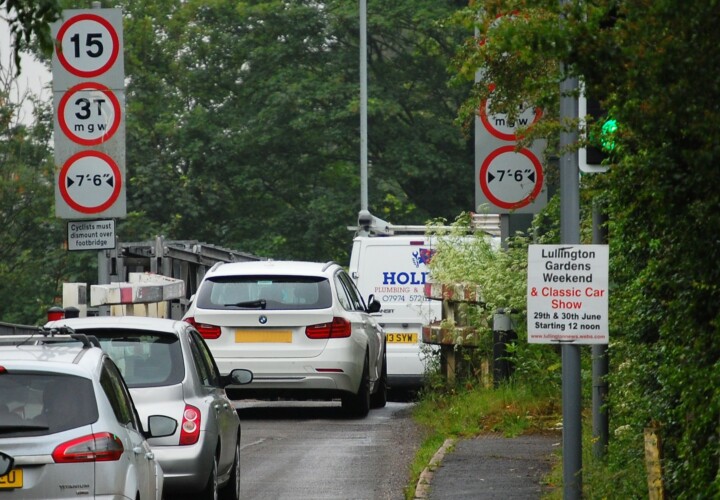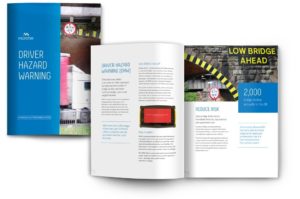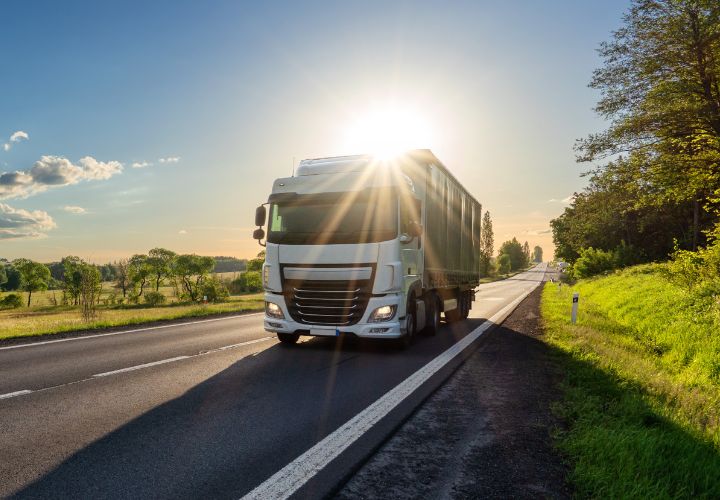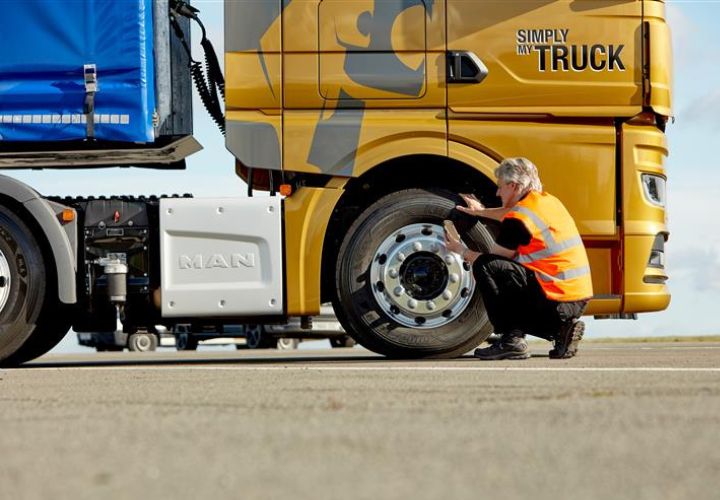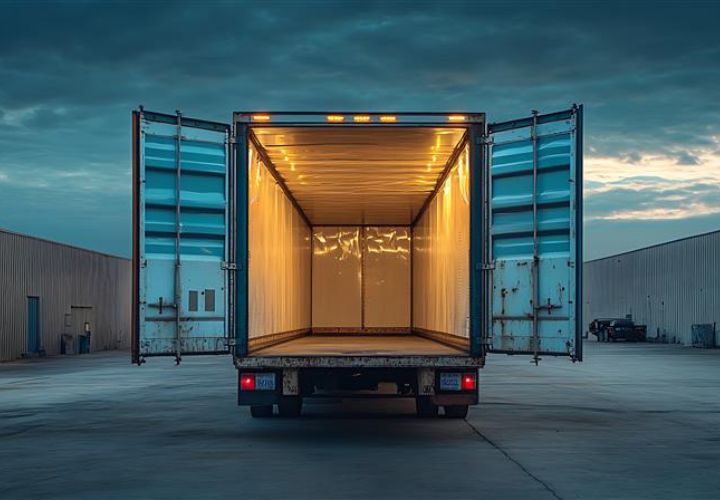What is a bridge strike?
Bridge strikes – where an HGV or other vehicle type crashes into a railway bridge, or into a bridge over a railway – is a significant problem. Strikes result in costly delays and disruption to passengers, train operators, local road users and fleet operators – with vehicle owners also being liable for the cost of repairs and passenger compensation.
Why is it such a critical issue in the UK?
It is estimated that there are 2,000 bridge strikes annually across the UK. According to Network Rail, each strike costs an average of £13,500, for repairs alone, with journey delay compensation to passengers amounting to approximately £13m per annum.
With more than 2,000 bridge strikes each year in the UK, millions of pounds are lost by hauliers and the wider economy.
Where are bridge strikes most common?
Cambridgeshire and Leicestershire have had the highest numbers of bridge strikes in Britain in recent periods.
In the 12 months to April, a bridge on the A142 – Stuntney Road – in Ely, Cambridgeshire, had the most strikes during that time (32). A bridge on the B109 – Stonea Road – in Stonea, Cambridgeshire, followed in second place with 23 while a bridge on the A5 – Watling Street – in Hinckley, Leicestershire, came third with 22.
When are bridge strikes most likely to occur?
There are an average of five bridge strikes a day in Britain. This figure almost doubles in October during the annual peak. Research suggests that shorter days and rise in the number of deliveries leading up to Christmas are likely to be the main causal factors. Most bridge strikes happen between 10am and 11am, but remain high throughout the day, causing hours of travel chaos.
Consequences of a bridge strike
Every bridge strike has an immediate financial, reputational and operational cost to HGV fleet operators. Insurance liability, increased premiums, compensation pay-outs, negative brand impact and operational delays – as well as truck down-time – are additional, negative, knock-on effects.
Top tips for HGV Drivers
- Know the height and width of the HGV (rigid or tractor + trailer)
- Plan your route, utilising methods that take into account hazards such as bridges
- Observe traffic signs and take action early
- Check before you go: vehicle load and safety, cab height, trailer height (if relevant) and maximum vehicle width
Mitigation and prevention – the Microlise DHW app
Microlise has examined the main causes of bridge strikes and developed a product that can help to tackle these issues. The Driver Hazard Warning (DHW) app runs in the background on a Microlise in-cab device, providing a short audio and visual warning, as a height, weight or width hazard is approached. Drivers can configure specific vehicle dimensions to ensure they will only be alerted to relevant hazards en route.
The Microlise R&D team created the DHW app which utilises a UK-wide database of collated local authority, crowd-sourced map data and Microlise’s own Big Data. This information is then applied to a bespoke map layer, that determines hazard routes and alerts drivers accordingly. Additional future-proofing features will include alerts for poor driving hotspots, seasonal weather–related events and crime hotspots.

